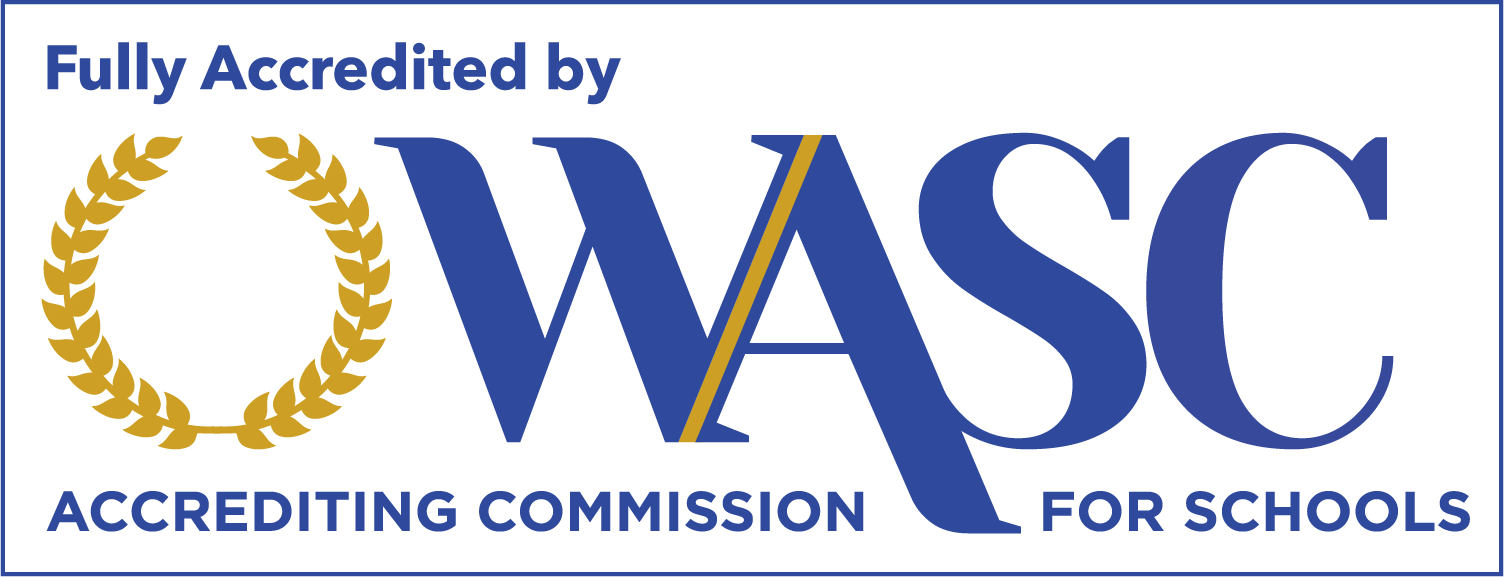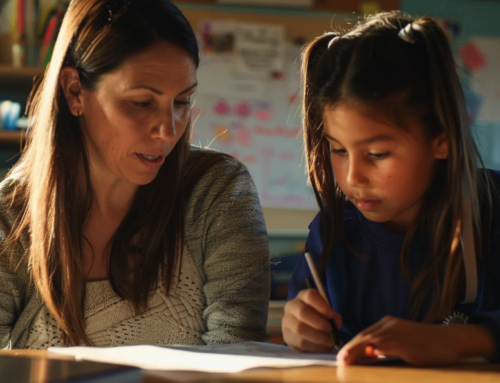Elementary School, Dyslexia, and the Power of Structured Literacy
Is your child struggling with reading and writing in elementary school even though they are smart? They may have dyslexia, a learning challenge that affects how the brain handles language. The good news is that specialized teaching programs are designed to align with the needs of students with dyslexia, helping them reach their full potential.
READ Academy’s instructional model is centered on Structured Literacy. This comprehensive and evidence-based approach has been shown to significantly improve reading outcomes for students with dyslexia, empowering them to become confident and proficient readers.
Let’s take a behind-the-scenes look at how these programs are configured and why they work so well for students with dyslexia.
Understanding Dyslexia and Its Effects
Dyslexia makes it hard for students to link the sounds in words with their corresponding letters. This difficulty can make reading, spelling, and writing incredibly challenging in traditional learning environments. However, dyslexia does not indicate a lack of intelligence. With support, like the programs offered by READ Academy, students with dyslexia can perform well academically—and beyond.
The Importance of Structured Literacy
Mainstream teaching methods usually do not cater to children with dyslexia, who require a very different way to learn how to read and write successfully. This is where Structured Literacy plays a crucial role in their academic development.
At READ Academy, we believe in a custom approach that explicitly and systematically teaches phonics, phonemic awareness, vocabulary, fluency, and comprehension. Our programs were built to provide students with dyslexia the instruction they need to survive and thrive in school.
Tailored Reading Programs for Enhanced Learning
Our programs at READ Academy highlight the following literacy techniques:
Orton-Gillingham (OG)
This multisensory framework is a game-changer for learners with dyslexia. It blends visual, auditory, and kinesthetic elements to make reading “click” for them. Picture a classroom workshop with students making words with colorful tiles, sounding out each letter as they go, and then proudly reading the whole word aloud. This hands-on approach strengthens decoding skills and makes learning fun and engaging.
OG’s structured, step-by-step approach is like giving each student a personalized roadmap that is easy to follow. It caters to their unique learning style, ensuring they grasp the fundamentals of phonics and creating better phonemic awareness. As a result, they develop a deeper understanding of how language works, which is vital to becoming an independent reader.
Structured Word Inquiry (SWI)
SWI changes the way students with dyslexia look at words. Instead of feeling like they are memorizing a jumble of letters, they learn to recognize patterns and understand the meaning behind each word’s structure. This equips them to confidently tackle a once unfamiliar and challenging vocabulary, improving their spelling accuracy and ultimately making them more accomplished readers.
Direct Instruction
Our educators utilize a direct instruction model, emphasizing teacher-led, sequential phonics lessons, decoding, and comprehension strategies. This systematic teaching style ensures students with dyslexia receive the targeted instruction and practice they need to build a solid foundation for reading success.
Multisensory Learning
Try to visualize children learning the letter “s” not just by seeing it written on a page but also by tracing it in the sand, listening to its sound, and even acting out a word that starts with “s.” This multi-sensory approach is at the heart of this method—making learning more interactive, memorable, and effective for students with dyslexia (and enjoyable).
Consistent Practice
Research shows that spacing out practice sessions over time is more effective than cramming. With this in mind, our educators incorporate this principle into their instruction, providing regular practice activities to help students master skills and build automaticity. This approach strengthens their foundation and cultivates a positive attitude toward learning, which is often the polar opposite of their experience in traditional classroom settings.
Engaging Reading, Activities, and Games
Research has shown that incorporating games and activities into reading instruction can significantly improve motivation in struggling readers (Rosengren, 2008). At READ Academy, we understand the importance of making learning fun and engaging, especially for students with dyslexia. This is why we create a dynamic learning environment where students can explore language through hands-on activities, interactive games, and collaborative projects, fostering a lifelong love of reading.
READ Academy’s dyslexia programs are designed to create a ripple effect of positive change—impacting not only a child’s academic success but also their self-esteem and social skills, igniting a passion for learning and the belief in themselves to never give up on their goals. We understand that dyslexia is not a barrier but a different way of thinking and learning. By recognizing and honoring your child’s unique strengths and challenges, we can provide the tools and support they need to flourish in school and become their best selves finally.
Your next steps
Imagine your child excited about books, with their confidence soaring as they discover the joy of reading for the first time. We’re here to make that dream a reality.
If you are ready to explore how our research-based programs can help your child overcome the hurdles of dyslexia and reach their full potential, call us at (916) 258-2080 or complete our contact form today. Let’s start a conversation about how we can pave the way for your child to have a lifetime of learning and prosperity.
We look forward to meeting with you and your family soon!




